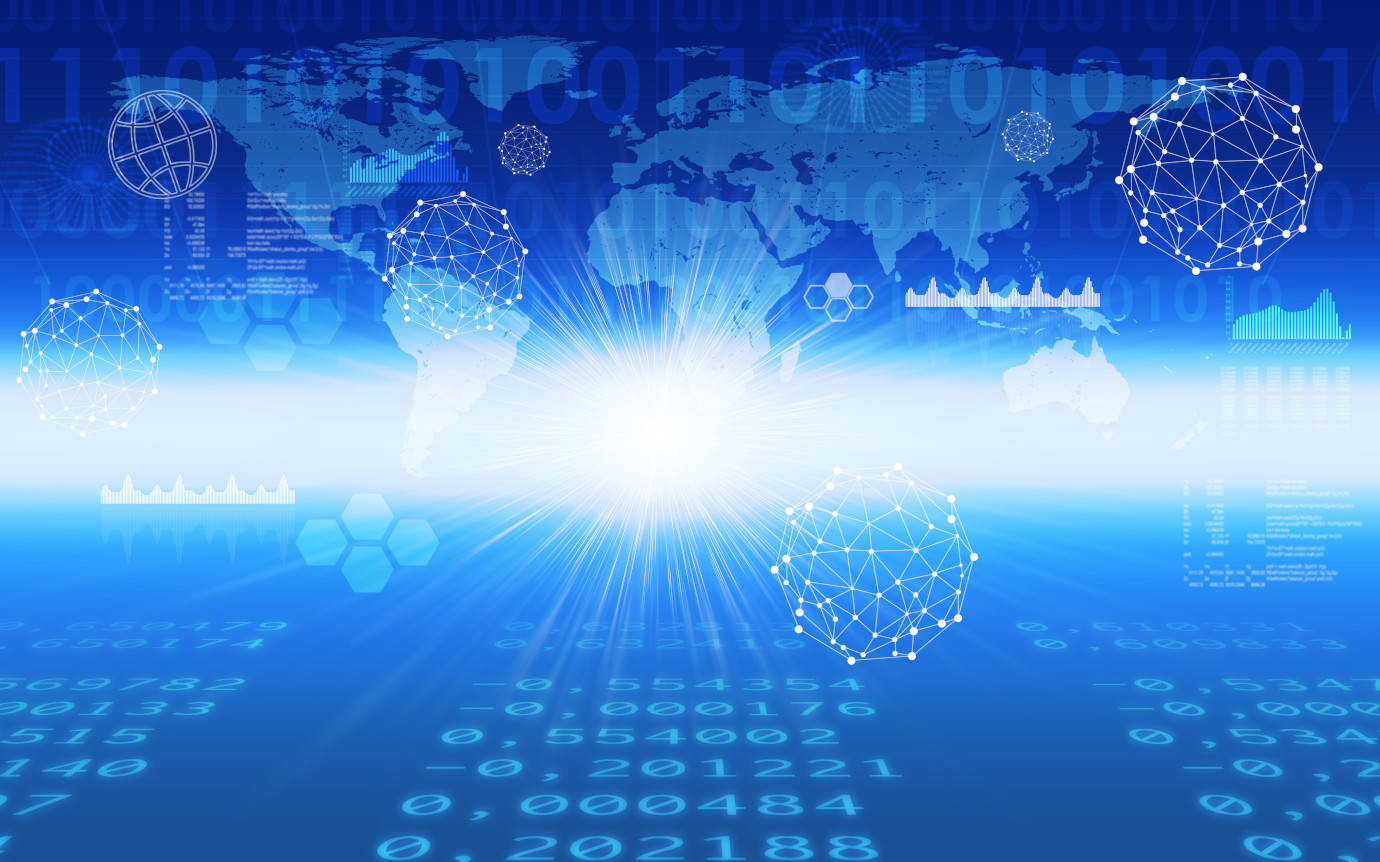Enabling the efficient flow, management and visualization of research data
When we talk about Research Data Infrastructures, we are referring to all aspects related to the collection, management, discovery, sharing, and visualization of data that describe the past, present, or future state of the environment. This includes not only data generated by sensors (e.g., measurements of air pollutant concentrations and water levels), but also information collected by humans (e.g., observations of animals or plants) and predictions calculated by models (e.g., weather models). The Research Data Infrastructures team supports our partners and customers along the entire process chain from data acquisition to visualization.
We focus on new approaches and technologies for the development of research data infrastructures and are currently addressing the following challenges:
- Connecting to sensor hardware: investigating how to efficiently integrate new sensors into (research) data infrastructures, e.g. using IoT technologies such as MQTT
- Data storage and management: optimizing data models and supporting the provision of metadata to ensure correct interpretation of sensor data
- Research data management: supporting the management of sensor data as an important element of research data infrastructures
- Semantic interoperability: contributing to and promoting the use of vocabularies
- Data availability to users: advancing data access interfaces and encodings
- Efficient data delivery: enabling push/event-driven communication patterns to ensure timely delivery of data
- Access control: developing strategies to control access to (dynamic) sensor data sets/streams
- Data visualization: improving methods for visualizing and exploring sensor data to enable better communication of the collected information
- Citizen Science: facilitating the establishment of citizen observatory initiatives by providing dedicated reusable building blocks
Our activities also result in active contributions to international standardization efforts. We drive interoperability through our participation in the Open Geospatial Consortium (OGC) and the European INSPIRE framework.
Open source software is an important result of our research activities. In addition to our suite of well-established Sensor Web components (e.g. OGC Sensor Observation Service implementation, our Helgoland API, and the Helgoland Sensor Web viewer), which are used in operational systems, we are regularly publish prototypes that demonstrate and provide an entry point to new technologies. Our work is available via our GitHub repositories.
